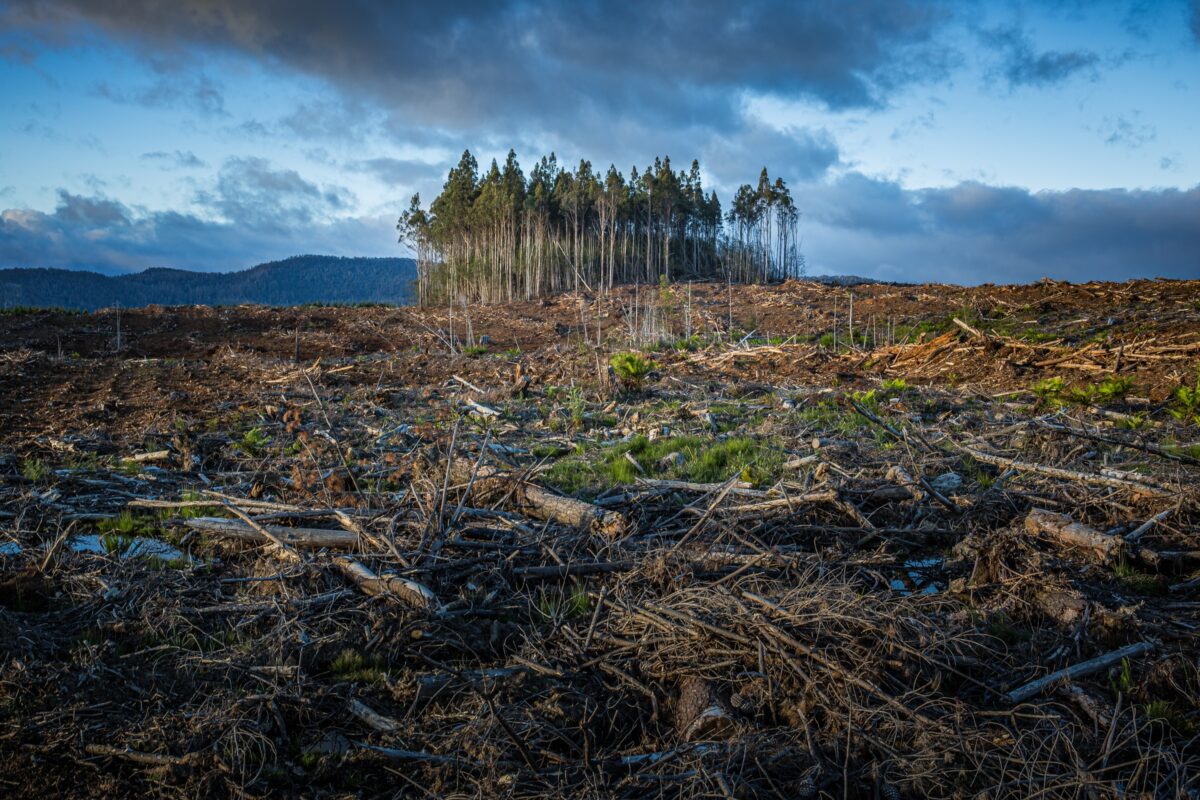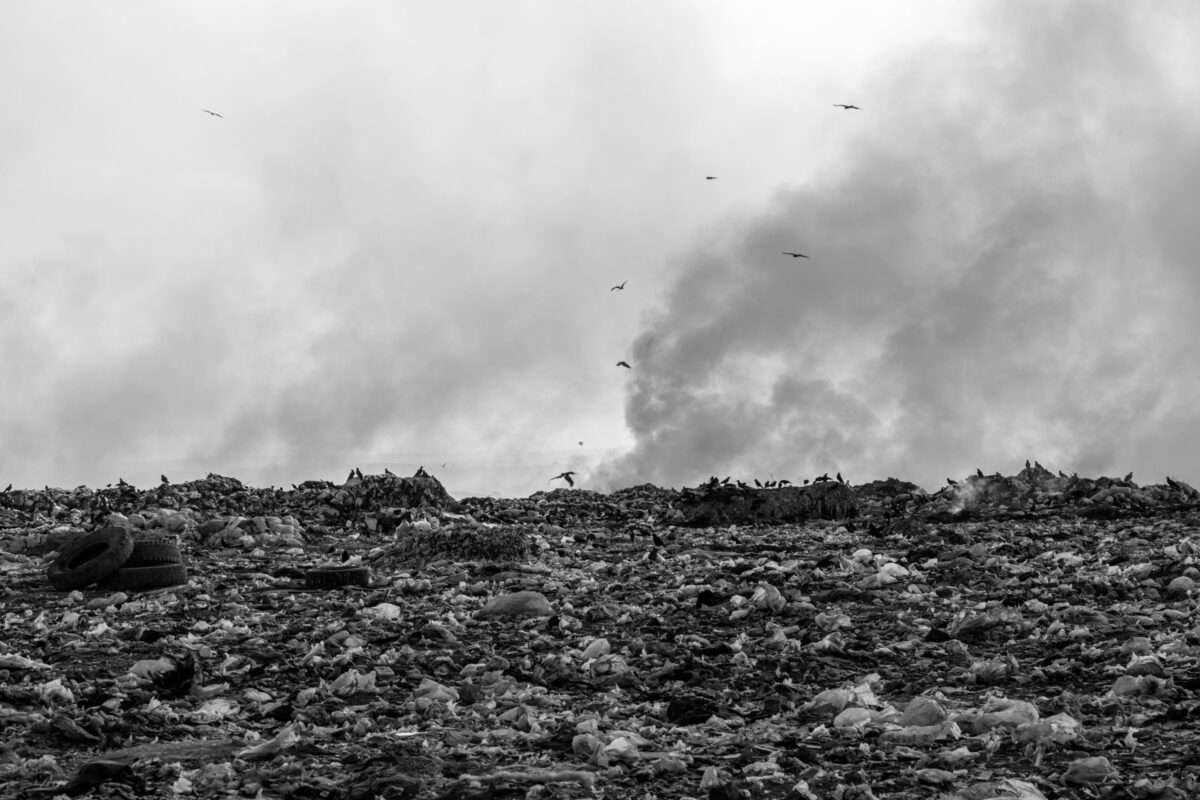The hatchlings of the dark officer fly are fit for processing tremendous measures of natural waste, while making it conceivable to deliver creature feed, biofuels and manures without devouring crude materials.
The beginning up TicInsect, situated in southern Swiss Ticino canton, is wanting to set up the first bio-squander treatment plant in Switzerland, in which two or three hundred million of these ravenous bugs will be grinding away.
The vast majority of us have presumably thought about what flies are for, particularly when they buzz tirelessly before our noses and won’t quit irritating us. In all honesty these creepy crawlies can complete amazingly helpful errands for us, for example, making a critical commitment to lessening asset wastage, deforestation and environmental change. They can turn into an important partner in making a roundabout and feasible economy.
Quickened bio-change
The troublesome flies can reuse, neatly and productively, the tremendous volume of food squander delivered by industry, family units and farming.
“Almost 3,000,000 tons of natural waste is created in Switzerland every year. For need of a fitting separate assortment framework, the majority of this winds up in incinerators. Discarding material with a particularly wholesome and energy esteem isn’t only a waste however a financial slip-up,” says Elisa Filippi, organizer and CEO of TicInsect.
Filippi, who holds a degree in creature creation science, opened a research center in the Italian-talking town of Tesserete a year ago with the point of demonstrating how natural waste can be overseen and handled in another manner. The laborers at this pilot plant are a huge number of hatchlings of the dark trooper fly, an assortment that is profoundly impervious to illness, cold and other natural variables, just as being anything but difficult to deal with and used to living in packed conditions any place they discover natural issue. The hatchlings are profoundly unquenchable and can finish a pizza in a matter of a couple of hours.
Inside the lab, confines have been set up in which the warrior flies experience their quick life-cycle: they are conceived, mate, lay their eggs and pass on inside one to about fourteen days. After the eggs have been gathered and brooded, the hatchlings are conceived. Set inside exceptional boxes, these incredible devourers of biomass develop from a tiny size to a few centimeters long inside around 20 days.
“During this period they don’t do anything yet eat. Thusly, they complete the bio-change of natural waste, taking all that is nutritious and changing it into proteins and fats. They can even clear off and cleanse decaying natural issue, simultaneously decreasing the volume of the biomass by depleting it of water,” clarifies Filippi.
Creature feed
In any case, the principle motivation behind the homestead isn’t simply to dispose of natural waste in a more wise manner without spending energy. The hatchlings themselves and the issue they cycle can be reused with added esteem, so as to decrease the utilization of crude materials on the planet.
“From 100 kilos of natural mass we can extricate 10 kilos of protein for creature feed, five kilos of fat to deliver biofuels and 20 kilos of manure. The rest is water, which dissipates.”
The fast development in the total populace and better expectations of living in numerous nations have prompted a sharp expansion in meat utilization. This pattern is having a tremendous ecological effect, especially with regards to the creation of creature feed.
“The fundamental wellsprings of protein for meat-delivering creatures today are fishmeal and soybean feast. Fishmeal is a significant reason for overfishing: we are draining the seas chiefly to take care of creatures, not individuals. The creation of soybean feast requires huge regions of land and concentrated monocultures, which are frequently gotten through deforestation in tropical and sub-tropical regions,” Filippi stresses.




